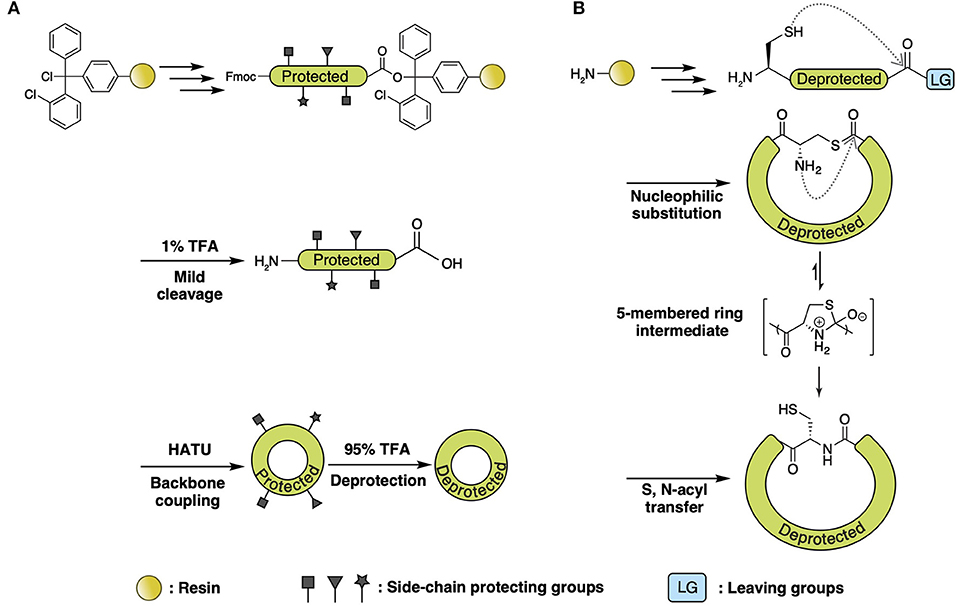
In addition, sampling in dihedral space require the calculation of a Jacobian correction to satisfy the microscopic reversibility principle and achieve unbiased sampling of dihedral angles. The dihedral space simulations, however, require complex computations of dihedral angle moves (so called "re-bridging" or "loop-closure") so that the structure only perturbed locally. This is an extra degree of freedom that is usually fixed in dihedral space simulations. This Metropolis procedure in Cartesian space would be impossible without making the alpha carbon valence geometry flexible in our model. It is important that in this scheme any rotation and its inverse are picked with equal probability. In the current implementation, up to 4 peptide bonds are rotated on each step. The move of the second type involved a rigid-body rotation of one or two peptide bonds at one of the chain termini picked randomly with rotation axis passing through the alpha carbon in a random direction (Fig. As a result, some or all atoms of the amino acids i though j were displaced while the peptide bonds remained planar. We applied the same rotation to the triplets ( x i, y i, z i) through ( x j-1, y j-1, z j-1) and, then calculated the new positions of the backbone atoms. The move of the first type was a crankshaft rotation of the peptide bonds between randomly picked i and j, with the line connecting C α i and C α j as the rotation axis (Fig. Two types of moves used in our procedure were random rotations by a small uniformly distributed angle. Local moves are extremely important in achieving an efficient sampling of the polypeptide conformational space. Each move was local and the conformation of the rest of the chain was not altered. Each new chain conformation was generated from the previous one by applying a move to a randomly chosen chain segment containing one or two adjacent peptide bonds. To obtain the canonical ensemble of polypeptide conformations, we developed a novel Metropolis Monte Carlo procedure. The C α-C β bond length is equal to b = 1.531 Å. The direction of the C α-C β bond corresponds to tetrahedral valence geometry and chirality of L-amino acids, see Fig. The peptide bond atoms lie on the yz planes, with backbone geometry corresponding to the classical average bond lengths and angles. The vector z ipoints in the direction from C α i (alpha carbon of amino acid i) to C α i + 1 The distance between the alpha carbons is fixed and equal to 3.8 Å for a peptide bond in trans conformation. For a chain of N amino acids the orientations of the peptide bonds are specified by the orthonormal triplets, ( x i, y i, z i), i = 0. In our model, the primary descriptors of the polypeptide chain conformation are the orientations of the peptide bonds in the laboratory frame (Fig. A detailed description of the model is provided in our earlier publication. We also draw on parallel tempering (replica exchange) to speed up equilibration of the system when necessary. Other side-chain atoms are omitted from consideration. Our polypeptide model features all-atom representations of the polypeptide backbone as well as beta-carbon atoms. With flexible alpha carbon valence angles, it becomes possible to use crankshaft moves inspired by earlier Metropolis MC studies of large-scale DNA properties.

An important feature of our model is the elasticity of the alpha carbon valence geometry. Īs an alternative to simulations in dihedral space, we modeled rigid peptide bonds explicitly and used local crankshaft rotations in Cartesian coordinates to displace them. In addition, the conformations of just a few amino acids are perturbed locally on each step, leaving the rest of the chain intact, which increases the acceptance probability of the attempted moves and the efficiency of Metropolis MC procedure. Because peptide bonds are rigid and flat, MC simulations are often performed in the space of dihedral ϕ-ψ angles, which reduces the number of degrees of freedom and speeds up simulations. Monte Carlo (MC) simulations, along with molecular dynamics, are among the most commonly used methods of sampling conformational space. One important challenge of structural protein modeling is an efficient sampling technique for rapid search through the enormous conformational space.


 0 kommentar(er)
0 kommentar(er)
